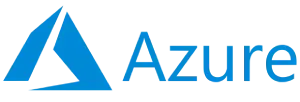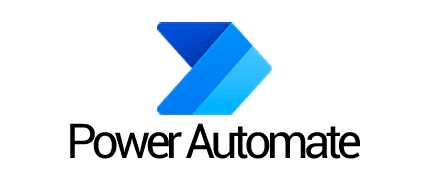- Home
- What we do
- Market
- Providers
- Supply Chain Optimization
SUPPLY CHAIN OPTIMIZATION
Optimizing Healthcare business processes with intelligent supply chains
Transforming supply chain and spend management practices through automation, analytics, and value-focused optimization

PRESS RELEASE
HFS Research recognizes CitiusTech as a Market Leader in HFS Horizons: HCP Service Providers, 2024
WHITEPAPER
Healthcare supply chain optimization: 3 strategies technology leaders must leverage
SUPPLY CHAIN OPTIMIZATION
Building high-performing supply chains
Streamline inefficient supply chain practices to optimally manage vendors, supplies, and services. With intelligent supply chain solutions from CitiusTech, powered by analytics and automation, achieve balanced value-based care, controlled costs, and timely delivery.
Technology automation: RPA and bots
Cloud data analytics expertise
Data lake/warehouse integration solution
Scalable and secure cloud platforms
Advanced analytics for spend forecasting
Intelligent supply chain solutions

features
Optimize supply chain with advanced analytics and automation
Automate operations
Integrate intelligent bots for precision, streamlined workflows, and to cut costs in processes. Prioritize exceptional care and revolutionize operations for improved patient outcomes through scalable RPA solutions.
Gain insights with cloud data analytics
Analyze trends, integrate data sources, and get real-time dashboards for informed decision-making. Use our scalable cloud platform to optimize inventory management and reduce costs.
Unlock data potential with integration
Consolidate disparate systems into a centralized data lake/warehouse. Eliminate data silos, standardize data, and perform real-time analysis to improve supply chain and spend management.
Forecast demand with machine learning
Utilize advanced algorithms to forecast Healthcare spending. Predict patient volumes and estimate buying power to optimize inventory, negotiate contracts, and ensure key resources' availability.
Maximize savings with value targeting
Identify overlooked spend categories and maximize value. Leverage advanced analytics to uncover untapped cost-saving opportunities across indirect and services spend, improving procurement processes and overall efficiency.
SUCCESS STORIES
Solving some of the greatest challenges in Healthcare

Case Study

Case Study

Case Study
SERVICES
Shaping Healthcare possibilities with our expertise
%20(3).webp)



Digital Engineering
Reshaping Healthcare with cutting-edge technology solutions for better patient care

Data Engineering & Data on Cloud
Making Healthcare data the backbone of your organization's strategy


Explore other Services
Harness deep domain expertise and customized digital solutions to craft a seamless and integrated healthcare experience. With CitiusTech, you can also bridge the gap between healthcare and technology, fostering a healthier future.






.png?width=1920&height=1080&name=Consulting2_Menu_1%20(1).png)




















